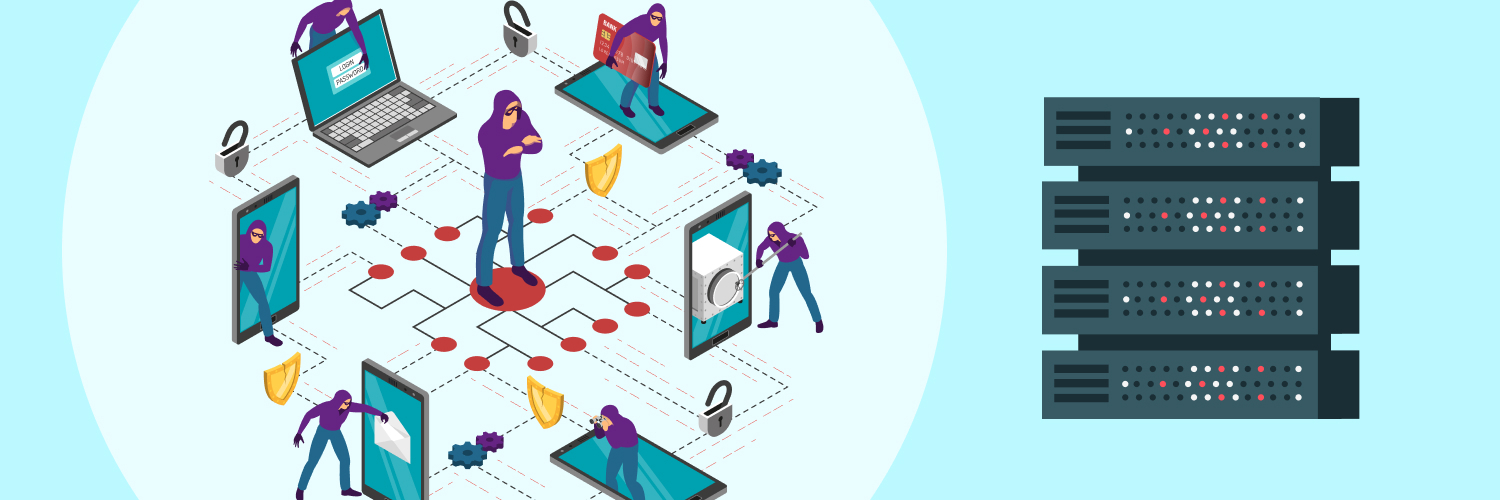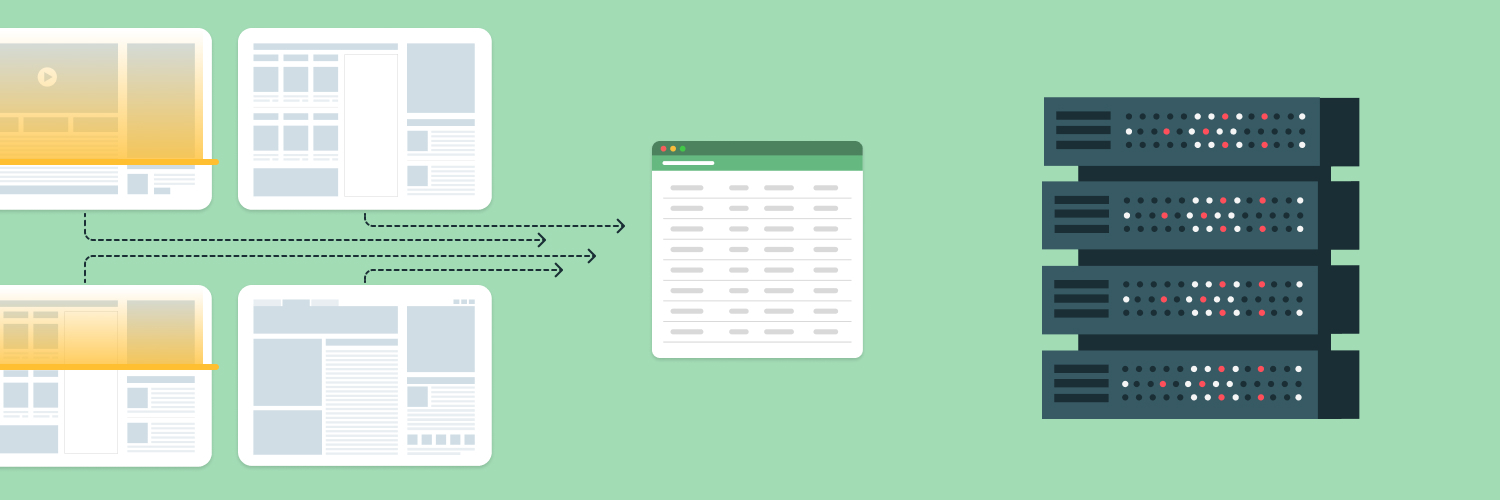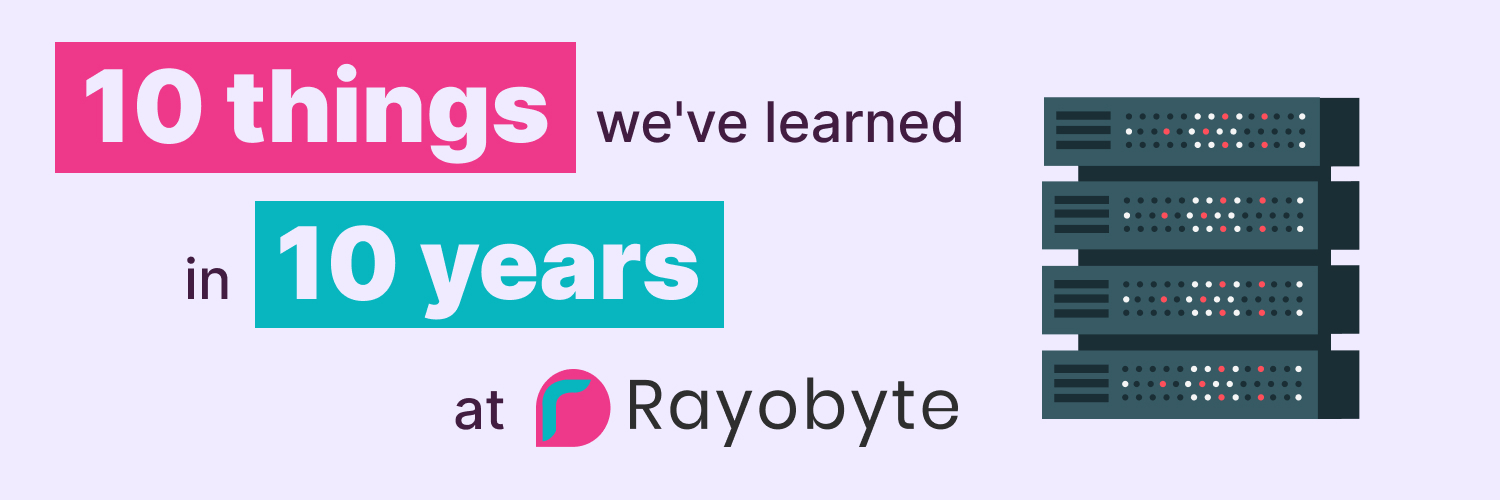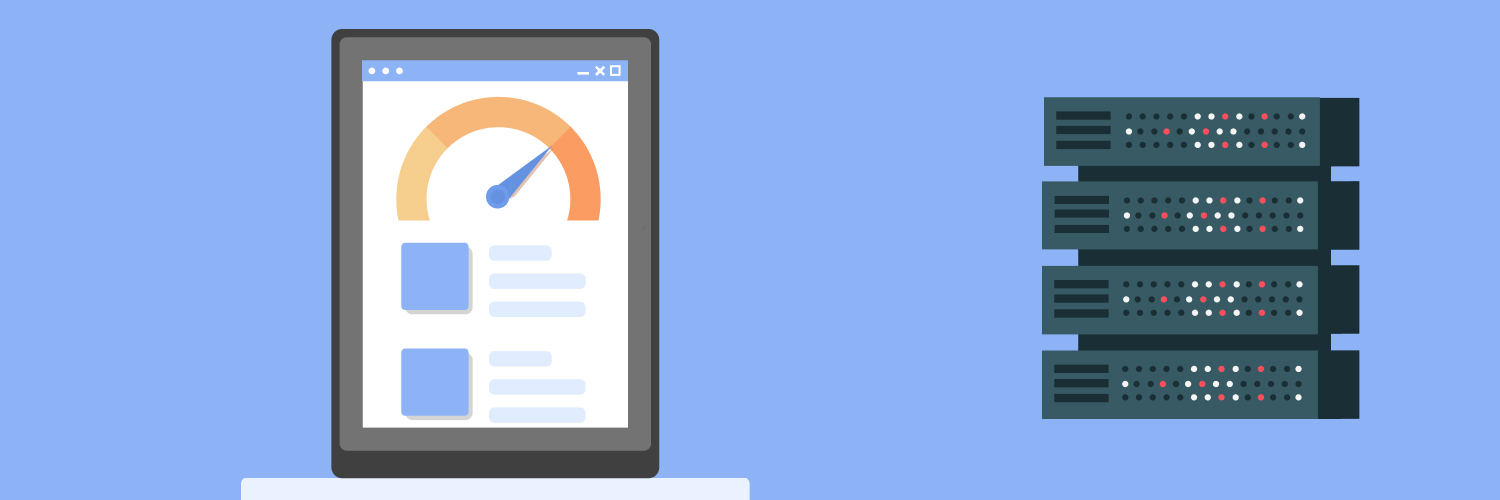Web Scraping Using LLM
The use of Large Language Models (LLMs) can help with web scraping through a number of profound methods. Web scraping is a complex process that is more challenging due to the ever-changing website structure and anti-bot technology. Yet, it’s also incredibly valuable and, therefore, a tool worth using.
With LLC web scraping, you can capture the data you want and handle even more challenging tasks with ease, automation, and a bit of artificial intelligence to make the process more efficient.
You can use LLM to scrape websites that are often too challenging to capture using traditional web scraping tools. Using these tools to process natural language allows you to clean, format, and analyze scraped data in real-time as well.
In many ways, web scraping with LLMs can be more effective in an ever-changing landscape and more efficient in a time-saving manner. Let’s take a closer look at how to use LLMs in these ways.
What Are LLMs?

Large language models are a type of foundation model trained on a huge amount of data. That training enables them to understand and then generate natural language. LLMs are more important than ever because they allow computers to do more tedious, hard work for humans, enabling people to get answers to questions or solutions to problems faster.
LLMs have helped build generative AI into various aspects of our lives. They are not a new technology but have been developed over years. For example, companies have created and implemented LLMs at various levels to enhance natural language understanding (NLU) and natural language processing (NLP) capabilities. This, along with the development and application of machine learning and neural networks, has allowed AI systems to develop.
Ready To Get Started?
Support your LLM with world-class proxies.

The question that you may have, then, is how you can use LLMs to help you gather data online and make decisions from it? LLMs are used by various web scraping tools and APIs to answer questions and capture data. Their goal is to extract information and then interpret it in the same way as a person would. This allows that data to become more readily understood and beneficial for the tasks you desire.
When we use LLMs alongside web scrapers, we can enhance the data extraction process, automate much of the content aggregation process, and handle real-time analysis of that data at lightning speed. LLM scraping is simply good business, but you’ll need to have a better idea of why and how it works.
What Can LLMs for Web Scraping Be Used For?

The goal of web scraping is to capture information on a website that is valuable to some decision or data you need to empower your business, navigate the web, or otherwise understand something.
LLM can help with web scraping no matter the task. They are used in several key ways, and when you pair them with the right tools, the options really become endless in terms of what they can do for you and the way you gather information and resources. Take a look at some of the ways you can engage in web scraping with LLM to achieve more of your objectives.
Interpret the semantic structure of webpages: One of the most important ways that web scraping works is by efficiently gathering valuable information from websites, but today’s website structures are more complex than ever. More so, it is critical for web scrapers to be able to write code that is effective enough to navigate these more complex structures.
LLM web scraping enables this. Because these learning models have the ability to learn and understand the functionality of a website, they are able to navigate through them more effectively. The semantic structure, such as headings, lists, and regions, all provide valuable information that could – or could not – be valuable to use. Page regions, such as <header> and <main> are easy for people to understand but not a typical web scraper. With LLM, the tool can learn what various elements mean, so it can then make decisions about whether or not to scrape that information.
Extraction of highly contextual data: LLMs can also help with the extraction of very specialized contextual data. This means it can pull just the information you need. Some examples could include:
- Product descriptions
- User reviews
- Conversational threads of information
This is just a short sampling of how it can help in this way. For example, perhaps your goal is to gather all reviews of a product so you can determine what flaws exist to make changes to that product or how to enhance customer outcomes. You can use your web scraping, enabled and supported by LLMs, to locate not just data from a website that incorporates these details without actually using the word “review.”
How A LLM Model Works for Web Scraping

How could you put LLM for scraping to work for you? There are several key steps to this process, but once you learn about LLMs, you likely want to understand how they work so that you can better understand why they would be helpful to your situation.
Let’s break this down. LLMs operate on transfer architecture, which was first introduced by Vaswani et al. in “Attention Is All You Need.” That paper provided some interesting insights that you may want to brush up on. The actual process is incredibly detailed, but we can shorten and simplify it quite effectively in a few steps:
- Utilization of architecture: LLMs use a transformer architecture. This depends on self-attention mechanisms. With transformers being efficient at allowing for data input, they are a solid solution for large model training. If you have extensive datasets, the use of transformer architecture tends to be ideal.
- Application of pre-training: The first step is to pre-train. This is done on a large amount of text data, in which the model learns to predict the next word or to fill in the gaps in text. Utilizing this pre-training process, the model learns grammar, context, syntax, and semantic relationships that are used in natural language.
- Establishment of rules: The parameters are the internal variables that the model will use and adjust during the training process. This helps it better understand and then generate the text you desire.
- Context and attention mechanism: The next component of the process is the attention mechanism. It helps the model specifically focus on the various portions of the input text as it generates output and allows the model to understand context and long-range dependencies within the data.
- Tuning: The fine-tuning application is done after the pre-training. It allows for more refinement of the data on a smaller dataset that is more specifically related to the target task. It then allows for an adjustment of the parameters based on that information.
- Inference: This is the component that really becomes beneficial. During inference, the now-trained model can take input text and generate output text based on the patterns it has learned throughout this process. You can then use this model for various tasks, including text completion or translation. In our case, we want to use it to capture information and understand that information in the form of web scraping.
It is possible to use web scraping to train LLM. However, we may also use it to collect text data from numerous sources on the internet. It can collect text data from numerous sources across diverse language patterns and topics.
LLMs for Web Scraping Tasks

LLMs are quite beneficial for various web scraping tasks. Consider a few ways that you could incorporate LLMs into the various aspects of web scraping you are engaging in now and how they could provide you with help in that way.
Parsing HTML: Web scraping with LLM could help with parsing. LLMs can be trained to understand and process the textual content of HTML documents. In doing this, it may be helpful because it can extract not just the data but the meaningful information that is present. For example, it can identify key entities or topics and just parse that information.
Contextual understanding: LLMs analyze and understand the context of the information on web pages. It is fascinating to realize just how effective these tools can be at understanding the context of data. In this way, it is possible to extract more relevant and context-aware data.
Extraction of text: You can also use LLMs to extract relevant text content from web pages. You can then use this information for a variety of tasks, such as content summarization. You can also use it to understand language.
LLM for web scraping is versatile enough for the day-to-day management of the tasks you are already doing.
Clean and format: LLMs can clean, format, and analyze scraped data. More importantly, it can do this in real-time. As a result, it can reduce the need for additional processing steps and speed up the process of getting the answers you need.
Web scraping LLM offers any organization engaging in web scraping the opportunity to do so in an efficient manner. Like all tools like this, you will need to embrace a bit of a learning curve, but once you put the process together, you’ll find it is far more effective to engage in web scraping using LLM than the current methods you may be using to write specific code for each task and website you hope to scrape.
How to Get Started with LLM Web Scraping
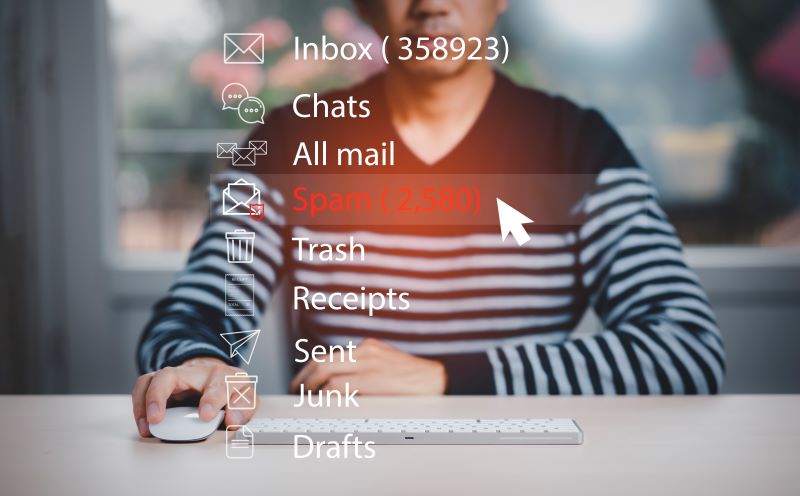
You can easily see the benefits of LLM web scraping, but how can you actually get started? There are various tools available that can help you with the process. We encourage you to learn a bit about each of the following tools to help you get started overall.
If you are interested in scraping the web with headless browsers, learning to do that with Puppeteer is beneficial. Use our Puppeteer Tutorial (Mastering Puppeteer Web Scraping) as a starting point.
Another option is to learn Scrapy. Use our Web Scraping with Scrapy – A Complete Tutorial as a guide to help you learn how to do this. You can also learn more Scrapy with CSS Selectors and XPath, which you may already be using. This is something LLM can make a bit easier for you to do.
Once you learn these tools, you can then incorporate LLM into the process. The key to web scraping with LLM, though, is to ensure you are utilizing the most efficient and safe strategies.
For this reason, we strongly suggest not only engaging in web scraping with LLM but also incorporating the process of using proxies. The more frequently you engage in web scraping, the more important it is to ensure you maintain access to the content you want to scrape. Unfortunately, anti-bot technology is ever-increasing, and while LLM can help to minimize some of the hold-ups you are facing, proxies are a solid way to avoid being limited or banned.
Ready To Get Started?
Support your LLM with world-class proxies.

Utilizing Rayobyte’s proxy services as a component of your process minimizes the risk that you will get banned. It helps to hide your true identity to ensure that the websites you are scraping do not know you are doing so because they cannot identify you. If you are not engaging in proxies with web scraping, you could be exposing sensitive data unnecessarily.
Learn more about unlocking web scraping power with reliable proxies at Rayobyte. Let us provide you with the tools and resources you need to build efficient and effective web scrapers that do not get banned but employ the most advanced LLM technology with them.Learn more about the solutions we offer at Rayobyte now, including our line of data centers and residential proxies. Then, incorporate LLM web scraping into your projects with ease and confidence.
The information contained within this article, including information posted by official staff, guest-submitted material, message board postings, or other third-party material is presented solely for the purposes of education and furtherance of the knowledge of the reader. All trademarks used in this publication are hereby acknowledged as the property of their respective owners.
